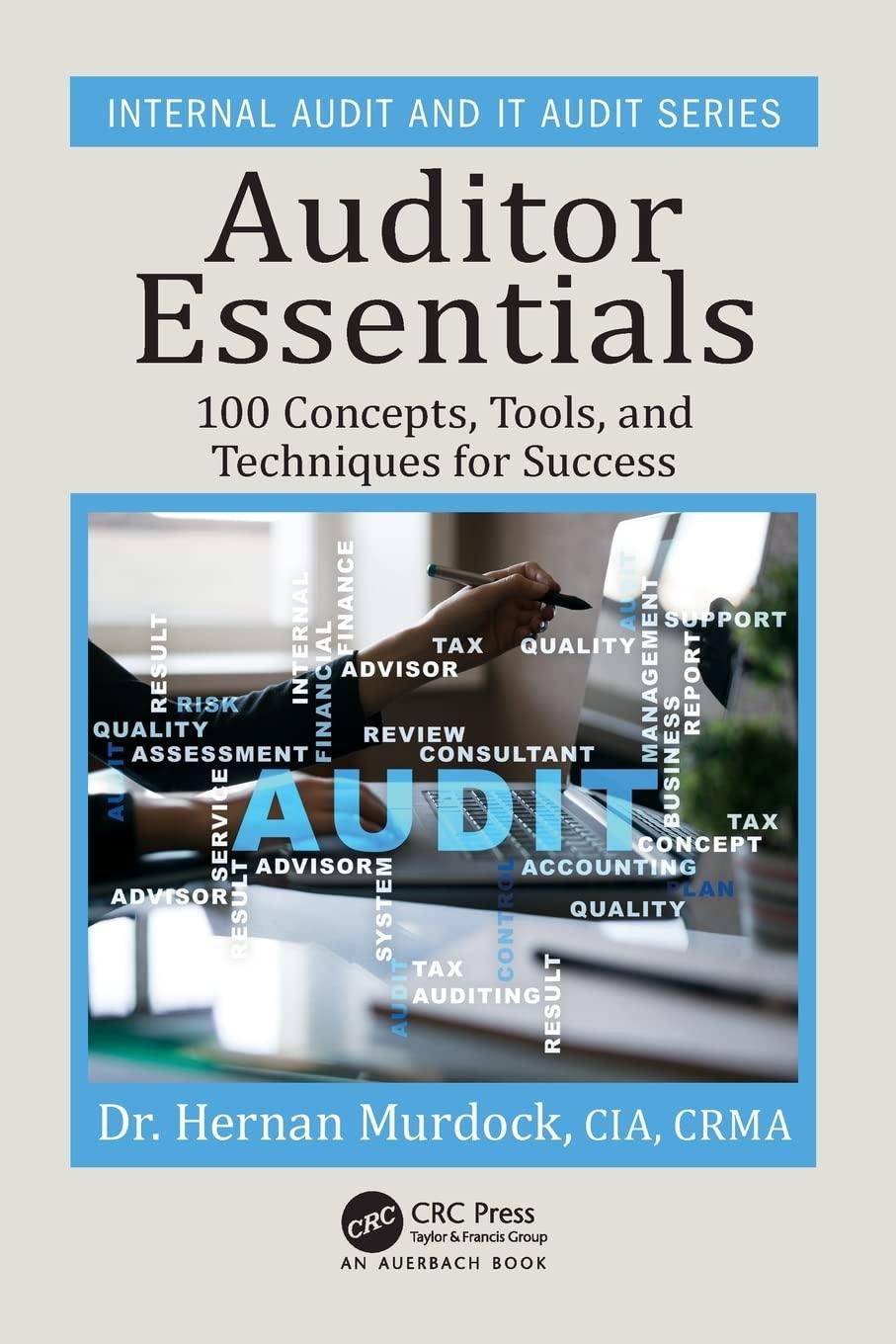Answered step by step
Verified Expert Solution
Question
1 Approved Answer
for the year ending December 31, 2021. Show all came and Part I federal tax payable for Lorne Inc. to the final solution. As the




Step by Step Solution
There are 3 Steps involved in it
Step: 1

Get Instant Access to Expert-Tailored Solutions
See step-by-step solutions with expert insights and AI powered tools for academic success
Step: 2

Step: 3

Ace Your Homework with AI
Get the answers you need in no time with our AI-driven, step-by-step assistance
Get Started


